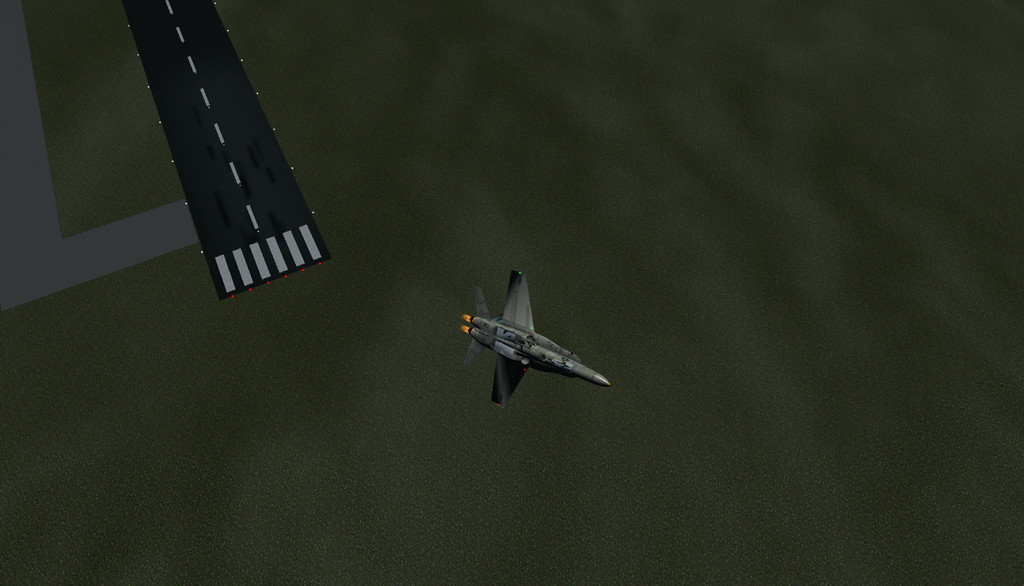

In 1966, this became a separate service independent from the Army, under its present name Schweizer Luftwaffe. Cold War Īerobatics team Patrouille Suisse with F-5E Tiger IIĪfter World War II, the service was renamed Airforce and Anti-Aircraft Command ( Schweizerische Flugwaffe Kommando der Flieger und Fliegerabwehrtruppen). The use of helicopter ops at high altitudes, search & rescue and firefighting demonstrations also have become a large part of the Axalp air show. It is the only event where everybody may have a look at a live exercise at 1,700 m (5,600 ft) above sea level. Nowadays Axalpfliegerschiessen ("Airshow Axalp") is a performance by the Air Force for anyone interested. ĭuring the Cold War, military liaison officers from western, eastern and non-aligned nations were invited to the screenings. After WW2 ground attack by jet aircraft was practiced at Axalp, including strafing and bombing exercises. With the threat of WW2 and the possible need for the army and civilian population to retreat into the mountains (Reduit) as proposed by General Guisan, it was clear that the army air force needed the ability to attack enemy ground forces in the mountains. Official Swiss records identify 6,501 airspace violations during the course of the war, with 198 foreign aircraft landing on Swiss territory and 56 aircraft crashing there. Soldiers who were caught after their escape from the internment camp, were often detained in the Wauwilermoos internment camp near Luzern. supreme command to organize the escapes of 1,000 American internees, but the task was not effectively accomplished before late winter 1944/45. In September the Office of Strategic Services (OSS) was commissioned by the U.S. On 1 October 1944 Switzerland housed 39,670 internees in all: 20,650 from Italy, 10,082 from Poland, 2,643 from the United States, 1,121 from the United Kingdom (including five Australians), 822 from the Soviet Union and 245 from France. Legation to coordinate their escape attempts, but the majority of the soldiers thought it was a diplomatic ruse or did not receive the instruction directly. Legge, instructed the soldiers not to flee so as to allow the U.S. The officers were interned in Davos, airmen in Adelboden. On 1 October 1943 the first American bomber was shot near Bad Ragaz: Only three men survived.

įrom 1943 Switzerland shot down American and British aircraft, mainly bombers, overflying Switzerland during World War II: six by Swiss air force fighters and nine by flak cannons, and 36 airmen were killed. From September red and white neutrality bands were added to the wings of aircraft to stop accidental attacks on Swiss aircraft by Allied aircraft. Only one further Swiss pilot was killed during the war, shot down by a US fighter in September 1944. Swiss aircraft would attempt to intercept individual aircraft and force them to land, interning the crews. Later in the war, the Allied bomber offensive sometimes took US or British bombers into Swiss airspace, either damaged craft seeking safe haven or even on occasions bombing Swiss cities by accident. Zealous Swiss pilots attacked and shot down eleven German aircraft, losing two of their own, before a threatening memorandum from the German leadership forced General Guisan to forbid air combat above Swiss territory. World War II Īlthough Switzerland remained neutral throughout World War II, it had to deal with numerous violations of its airspace by combatants from both sides – initially by German aircraft, especially during their invasion of France in 1940. The Swiss Air Force as an autonomous military service was created in October 1936. It was only with the worsening international situation in the 1930s that an effective air force was established at great cost, with up-to-date Messerschmitt Bf 109 and Morane-Saulnier D‐3800 fighters ordered from Germany, Italy and France respectively (the Moranes were licence-built in Switzerland). Switzerland remained neutral and isolated during the conflict, and the air corps confined its activities to training and exercises, reconnaissance and patrol. He commandeered three civilian aircraft at Bern's airfield and set about training the initial nine pilots at a makeshift airfield close to Wankdorf Stadium, later moving to a permanent home at Dübendorf. The outbreak of World War I changed opinions drastically and cavalry officer Theodor Real was charged with forming a flying corps. The first military aviation in Switzerland took the form of balloon transport, pioneered by Swiss balloonist Eduard Spelterini, but by 1914 there was still little official support for an air corps. Main article: History of the Swiss Air Force Early years


 0 kommentar(er)
0 kommentar(er)
